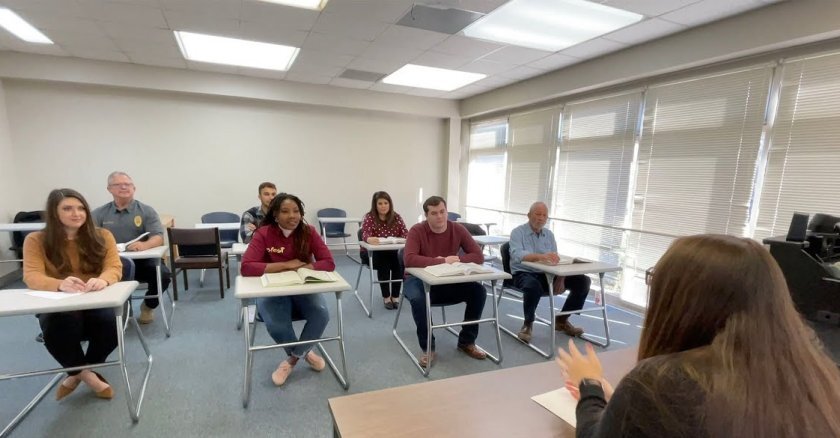A recent Burning Glass Institute report pinpoints several structural factors making it more difficult for new college grads to crack the job market. Among them are a surplus of degree-holders, AI’s elimination of entry-level roles in the knowledge industry and a growing preference for low-risk hiring of more experienced workers who can contribute right away.
These trends suggest that individuals seeking to improve their chances of securing a good job might be better served by work-embedded earning — gaining work experience and developing professional competencies outside of formal educational structures.
Internships typically have served as the primary work-based learning pathway for many college students, but the demand for internships has far outpaced the supply, leaving millions of college students unable to gain on-the-job experience before they graduate. Internships remain valuable, but they sometimes lack the quality and depth of experience employers want. They are short term — as brief as a semester in duration — and often are unpaid.
To meet current labor market demands, employers and learning providers must forge more intentional connections and deeper collaboration to design meaningful experiences that align learning outcomes with job tasks. This approach suggests that the age-old practice of apprenticeship — paid positions that provide years of on-the-job training — might be more relevant than ever.
While this integrated learning and working model remains popular in Europe, most American employers have held apprenticeships at arm’s length. But as more industries seek creative ways to address chronic labor shortages, the apprenticeship model has gained momentum. Over the past decade, the number of American workers in registered apprenticeships has more than doubled. In 2023 and 2024, more than half of states passed apprenticeship-related legislation aiming to accelerate this expansion.
Despite this enthusiasm, many states lack consistent frameworks and shared standards across education and workforce systems. These misaligned systems make it difficult to assess the effectiveness of these programs and determine how to replicate and scale successful ones.
To build a better and more modern U.S. apprenticeship system and launch programs faster, states should create employer-driven and competency-based approaches to developing, validating and sharing standards across multiple occupations. They should increase the number of high-quality apprenticeships in high-demand occupations that offer sustainable wages. They should embed competency-based design — one that prioritizes skills aligned with workforce needs — into each program so workers and learners can demonstrate their skills and knowledge on the job rather than having to log a set number of hours in class or at work.
New programs in two states show the promise of combining apprenticeship with competency-based education to produce job-ready individuals with the knowledge, skills and professional behaviors employers are seeking.
In the state of Washington, the Washington Education Association created a competency-based teacher apprenticeship program to develop individuals’ skills for hard-to-fill special education roles. The 18-month Apprenticeship Residency in Teaching helps those with bachelor’s degrees obtain a teaching certificate with a special education endorsement. These aspiring educators work in a classroom side-by-side with a teacher mentor while receiving a living wage.
Alabama is addressing a chronic statewide nursing shortage by building the state’s first apprenticeship program in registered and licensed practical nursing. In 2022, the Alabama Office of Apprenticeship, the Alabama Board of Nursing and the Alabama Community College System created a learn-and-earn pathway for community college nursing students that leads to full-time employment. This work-embedded program has enrolled more than 1,000 nurse apprentices at more than 80 hospitals, nursing homes and other health-care employers statewide. So far, 99.6 percent of the Alabama program’s graduates have passed the national nursing exam. Employers report significant savings from improved recruitment, retention and onboarding along with a lessened reliance on traveling nurses, while colleges say this program is attracting older and rural students often shut out of traditional nursing programs.
It’s more difficult than ever to get a job without experience, and it’s nearly impossible to get experience without a job. But work-embedded learning programs such as apprenticeships allow learning and work to happen simultaneously and can provide many more Americans with a golden ticket for today’s fast-changing economy.
Lisa McIntyre-Hite is executive vice president and chief operating officer of the Competency-Based Education Network (C-BEN), which advocates for and provides quality competency-based models for education, hiring and training.
Governing’s opinion columns reflect the views of their authors and not necessarily those of Governing’s editors or management.
Related Articles













